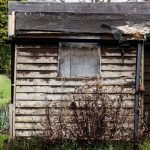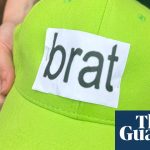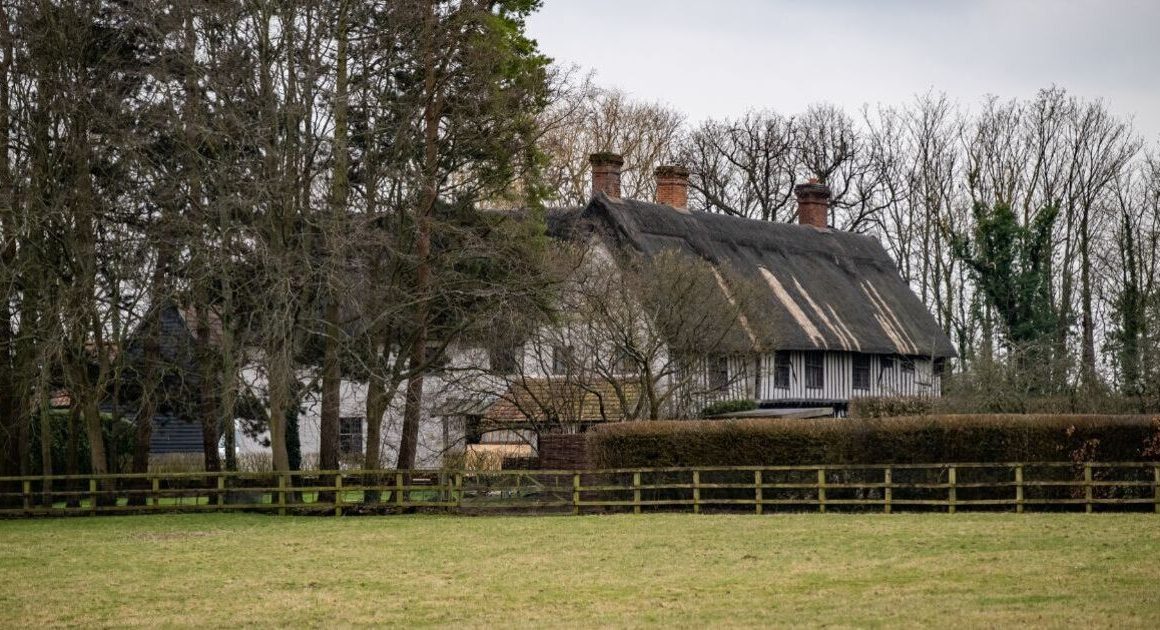Ukraine has destroyed a key bridge in Russia’s Kursk region and struck a second one nearby, disrupting supply lines as it pressed a stunning cross-border incursion that began Aug. 6, officials said Sunday.
The bridge attacks, apparently aimed at thwarting a Russian counter-push in Kursk, could mean that Kyiv intends to seek a foothold in the region.
Pro-Kremlin military bloggers acknowledged that the destruction of the first bridge on the Seim River near the town of Glushkovo will impede deliveries of supplies to Russian forces repelling Ukraine’s incursion, although Moscow could still use pontoons and smaller bridges. Ukraine’s air force chief, Lt.-Gen. Mykola Oleshchuk, on Friday released a video of an airstrike that cut the bridge in two.
Less than two days later, Ukrainian troops hit a second bridge in Russia, according to Oleshchuk and Russian regional Gov. Alexei Smirnov.
- This Sunday, Cross Country Checkup is looking for your questions about the latest in the conflict between Russia and Ukraine. What do you want to know? Fill out this form and you could appear on the show or have your comment read on air.
As of Sunday morning, there were no officials giving the exact location of the second bridge attack. But Russian Telegram channels claimed that a second bridge over the Seim, in the village of Zvannoe, had been struck.
According to Russia’s Mash news site, the attacks left only one intact bridge in the area. The Associated Press could not immediately verify these claims. If confirmed, the Ukrainian strikes would further complicate Moscow’s attempts to replenish its forces in Kursk and evacuate civilians.
Officials say 11,000 people have fled Russia’s Kursk region after Ukraine gained control of roughly 28 villages. It’s the first occupation of Russia since the Second World War and could start to change the public perception of the war in that country.
Glushkovo is about 12 kilometres north of the Ukrainian border, and approximately 16 kilometres northwest of the main battle zone in Kursk. Zvannoe is located another eight kilometres to the northwest.
Kyiv has said little about the scope and goals of its push into Russia with tanks and other armoured vehicles, which took the Kremlin by surprise and saw scores of villages and hundreds of prisoners fall into Ukrainian hands. It’s the largest attack on the country since the Second World War.
Claims of advancing deep into Kursk
The Ukrainians drove deep into the Kursk region in several directions, facing little resistance and sowing chaos and panic as tens of thousands of civilians fled the area. Ukraine’s army chief, Gen. Oleksandr Syrskyi, claimed last week that his forces had advanced across 1,000 square kilometres of the region, although it was not possible to independently verify what exactly Ukrainian forces effectively control.
Analysts say that although Ukraine could try to consolidate its gains inside Russia, it would be risky, given Kyiv’s limited resources, because its own supply lines extending deep into Kursk would be vulnerable.
Ukraine appears to be seizing more Russian territory after it unexpectedly carried out an attack on the country’s Kursk region. Andrew Chang breaks down three main challenges Vladimir Putin is facing, and how Russia’s response could impact how other countries react.
The incursion has proven Ukraine’s ability to seize the initiative and has boosted its morale, which was sapped by a failed counter-offensive last summer and months of grinding Russian gains in the eastern Donbas region.
The move into Kursk resembled Ukraine’s lightning operation from September 2022, led by Syrskyi, in which its forces reclaimed control of the northeastern Kharkiv region after taking advantage of Russian manpower shortages and a lack of field fortifications.
Russian claims of U.S.-made weapons
On Saturday, Ukrainian President Volodymyr Zelenskyy urged Kyiv’s allies to lift the remaining restrictions on using Western weapons to attack targets deeper in Russia, including in Kursk, saying his troops could deprive Moscow “of any ability to advance and cause destruction” if granted sufficient long-range capabilities.
“It is crucial that our partners remove barriers that hinder us from weakening Russian positions in the way this war demands.… The bravery of our soldiers and the resilience of our combat brigades compensate for the lack of essential decisions from our partners,” Zelenskyy said in a post on the social platform X.
Russia’s Foreign Ministry and pro-Kremlin bloggers have alleged that U.S.-made HIMARS launchers have been used to destroy bridges on the Seim. These claims could not be independently verified.
Moscow also appears to have increased attacks on Kyiv, targeting it Sunday with ballistic missiles for a third time this month. Serhii Popko, head of the municipal military administration, said in a Telegram post that the “almost identical” August strikes on the capital “most likely used” KN-23 missiles supplied by North Korea.
Fears mount for Zaporizhzhia nuclear plant
In a separate development, the head of the UN nuclear watchdog agency said Saturday the safety situation at the Russian-occupied Zaporizhzhia Nuclear Power Plant is deteriorating following reports of a nearby drone strike.
Rafael Grossi, director of the International Atomic Energy Agency, urged “maximum restraint from all sides” after an IAEA team stationed in the plant reported that an explosive carried by a drone detonated just outside its protected area.
According to Grossi’s statement, the impact was “close to the essential water sprinkle ponds” and about 100 metres from the only power line supplying the plant. The IAEA team at the plant has reported intense military activity in the surrounding area in the past week, it said.
Kyiv and Moscow have traded blame for attacks in the vicinity of the power plant since it was captured by Russian forces early in the 2022 invasion, including a fire at the facility last weekend. Grossi’s statement said the blaze had caused “considerable damage,” but posed no immediate danger to nuclear safety.
Ukraine has repeatedly alleged that Russia plans to stage an attack and blame Ukrainian forces. Last summer, Zelenskyy warned of possible explosives he said Moscow may have planted on the plant’s roof to blackmail Ukraine.












